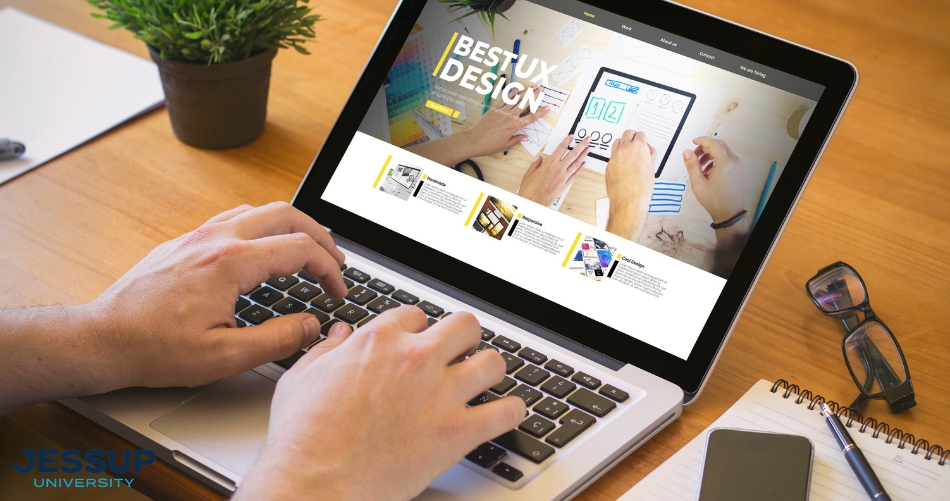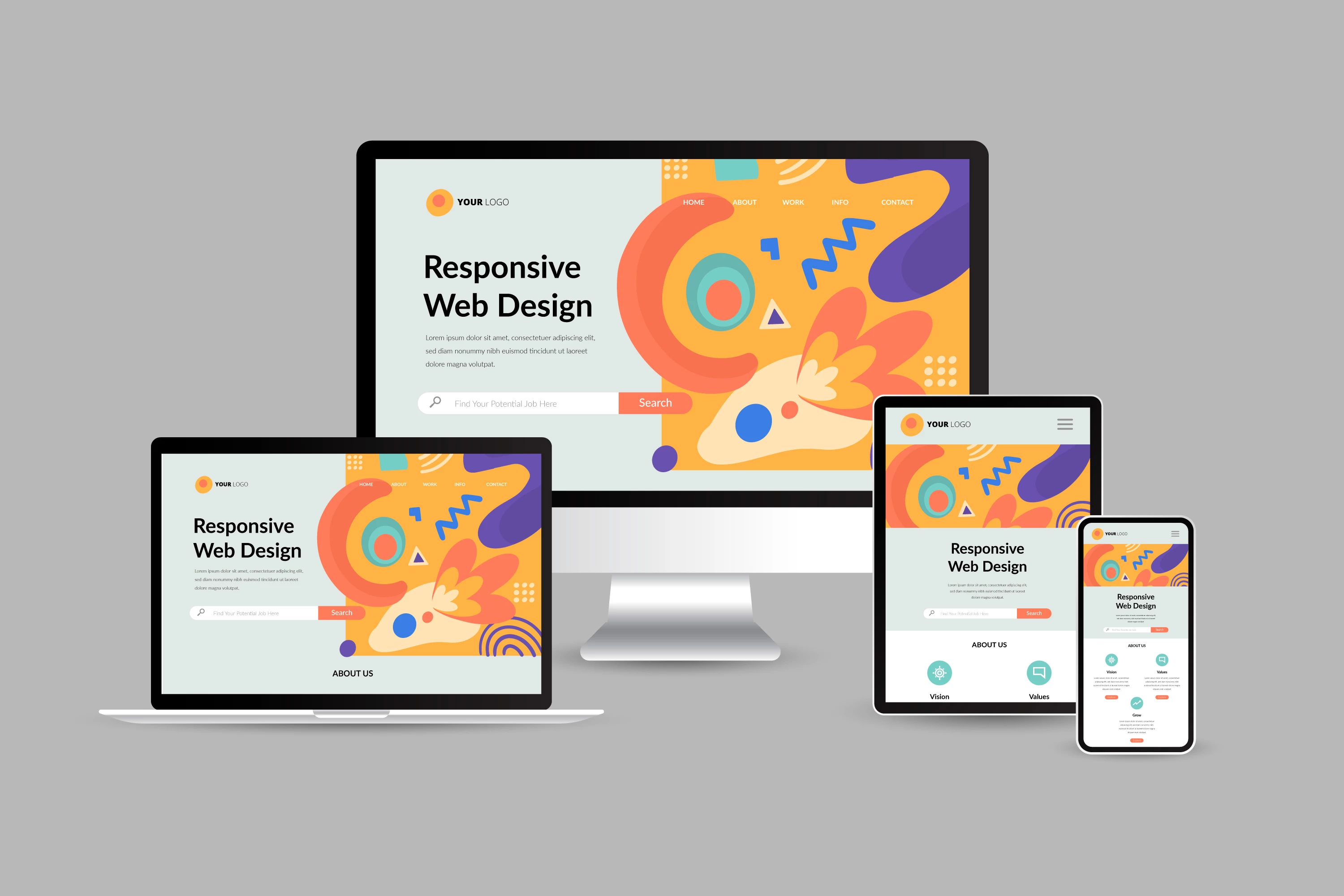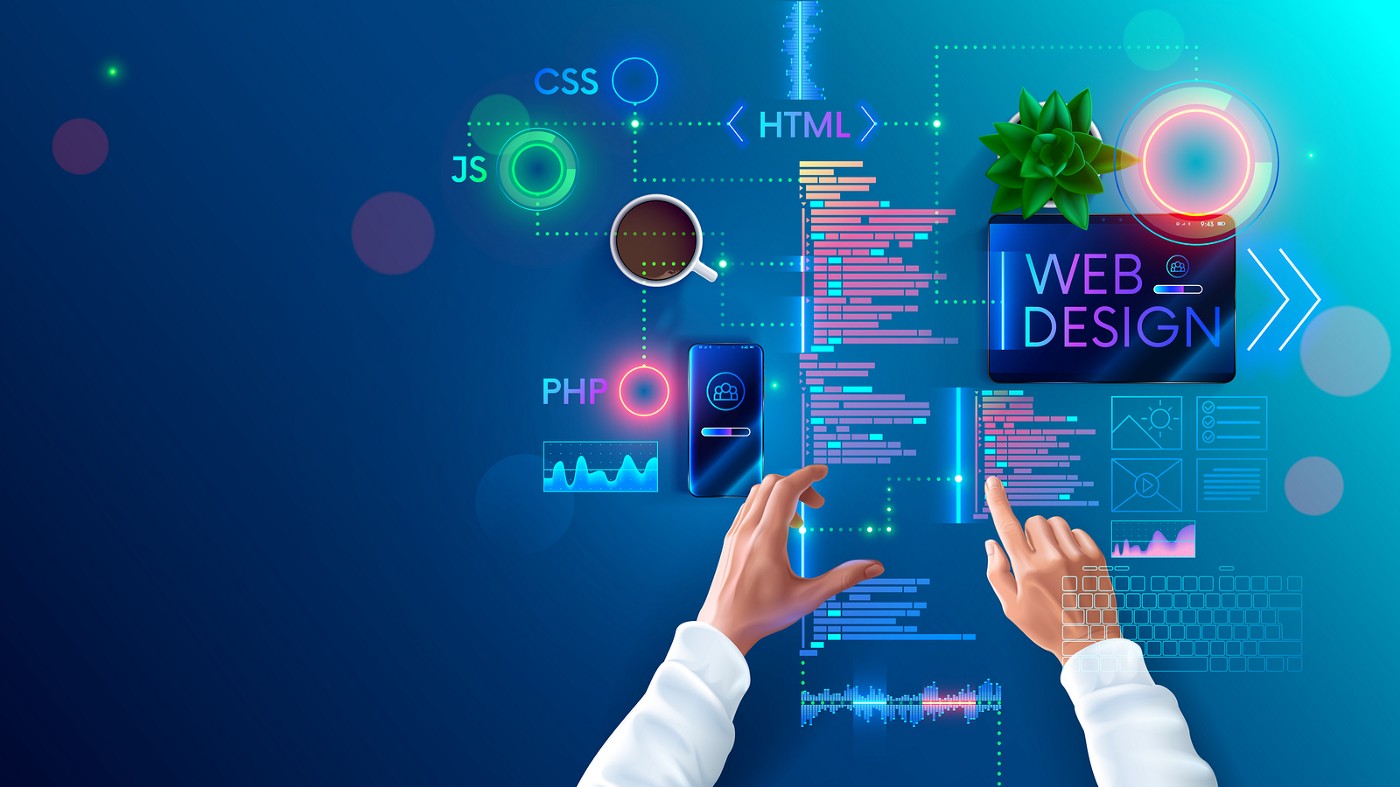Affordable Aligned Position Web Design: Top-Notch Web Design Services at Competitive Prices
Affordable Aligned Position Web Design: Top-Notch Web Design Services at Competitive Prices
Blog Article
The Most Effective Sorts Of Website Design to Improve User Experience and Involvement
In the ever-evolving landscape of electronic communication, the efficiency of website design significantly influences individual experience and involvement. Different layout techniques, such as minimal, receptive, and interactive layouts, each deal unique advantages that can satisfy diverse customer requirements. Recognizing which sorts of website design best offer these objectives can be essential for companies intending to enhance client contentment and retention. The question continues to be: which design components truly resonate with individuals and foster purposeful involvement? The expedition of these principles reveals crucial insights that might redefine your approach to website design.
Minimal Web Layout
As electronic landscapes become increasingly messy, minimal Web style has actually become a powerful technique to boosting individual experience. This style approach prioritizes simplicity, concentrating on important elements while eliminating unnecessary distractions. By using sufficient white area, simple navigation, and a limited shade scheme, minimal layout promotes clearness and directs user focus to essential content.
The core principle of minimal website design is to create a seamless interaction for users. By lowering cognitive lots, individuals can swiftly understand details without really feeling overwhelmed. This straight technique not only boosts usability but additionally motivates engagement, as site visitors are most likely to discover a site that is visually enticing and easy to browse.
Additionally, minimalist style frequently highlights typography and imagery, utilizing these components purposefully to share messages successfully. In significance, minimal Web style is not simply a trend; it is a thoughtful method that identifies the significance of user-centered style.
Receptive Web Style
In today's varied electronic setting, receptive Web design has come to be necessary for developing a smooth user experience across a multitude of tools. As individuals gain access to internet sites on smart devices, desktop computers, laptop computers, and tablet computers, the capacity of an internet site to adjust its format and web content to various display dimensions and resolutions is important.
Responsive website design employs versatile grids, images, and CSS media questions to ensure that Web material is provided ideally, despite the device used. This approach not just enhances the visual allure of a website yet additionally dramatically enhances usability. Users are more most likely to involve with a site that offers a consistent experience, as it eliminates the aggravation of needing to focus or scroll excessively.
By taking on responsive layout, companies can enhance their presence and reach a broader target market. In summary, receptive Web style is a fundamental technique that enhances individual experience, interaction, and total complete satisfaction.
Interactive Web Design
Responsive Web style lays the groundwork for enhancing individual experience, yet interactive Web layout takes this a step better by engaging individuals in an extra vibrant way - Aligned Position Web Design. By integrating aspects such as computer animations, clickable prototypes, and real-time comments, interactive website design captivates individuals, attracting them right into a richer surfing experience
This strategy not only promotes interaction yet also encourages users to discover content actively rather than passively consuming it. Methods such as gamification, where individuals gain rewards for completing tasks, can dramatically boost the moment invested in a website and boost total fulfillment. In addition, interactive attributes can simplify complex details, making it extra enjoyable and digestible.

Including interactive layout components can additionally result in higher conversion rates, as users are much more likely to engage with a website that proactively entails them. Aligned Position Web Design. Inevitably, interactive Web design transforms individual experiences right into unforgettable journeys, making sure that site visitors return time after time
Flat Design
Identified by its minimalistic technique, level style stresses simpleness and performance, removing away unnecessary components and focusing on vital features. This style philosophy prioritizes usability, guaranteeing that users can browse interfaces easily and effectiveness. By utilizing a clean aesthetic, flat style gets rid of the clutter typically discovered in a lot more elaborate styles, consequently improving individual concentrate on content and functionality.
The characteristic of level layout depends on its use strong colors, simple typography, and geometric forms. These aspects add to an aesthetically go to my blog attractive interface that is both approachable and modern. Additionally, flat layout promotes a sense of clarity, enabling users to determine essential actions and info without interruption.
Furthermore, flat layout is specifically efficient in receptive Web style, as its simpleness translates well across different gadgets and screen dimensions. By concentrating on crucial attributes, flat layout not only satisfies customer needs but likewise motivates seamless interaction, making it a crucial component of efficient Web layout methods.
Flexible Website Design
Flexible website design customizes the customer experience by developing numerous fixed layouts tailored to different display dimensions and gadgets. Unlike receptive layout, which fluidly adjusts a fantastic read a single layout, adaptive design employs distinct designs for certain breakpoints, making certain ideal presentation on different systems. This strategy permits designers to concentrate on the one-of-a-kind characteristics of each device, enhancing usability by providing precisely what users need based on their context.
One of the key benefits of flexible website design is its capacity to maximize tons times and performance. By serving tailored content and pictures that fit the individual's gadget, web sites can lessen data usage and boost loading speeds. This is particularly helpful for individuals with slower connections or limited information strategies.

Furthermore, adaptive style facilitates a much more regulated and constant branding experience. Given that designers develop numerous layouts, they can make certain that the visual aspects straighten with the brand's identification across various systems - Aligned Position Web Design. This results in a cohesive customer experience, enhancing interaction and promoting customer retention
Verdict
Minimal style sites promotes clearness and focus, while responsive design guarantees versatility across various devices, advertising accessibility. Jointly, these layout approaches contribute to the creation of straightforward settings that not just enhance complete satisfaction but also drive greater conversion rates, underscoring their crucial importance in modern Web style strategies.

Minimal design fosters clarity and focus, while responsive style makes certain flexibility across various gadgets, advertising accessibility. Collectively, these design approaches contribute to the creation of user-friendly atmospheres that not just enhance contentment yet additionally drive greater conversion prices, emphasizing their essential importance in contemporary Web layout approaches.
Report this page